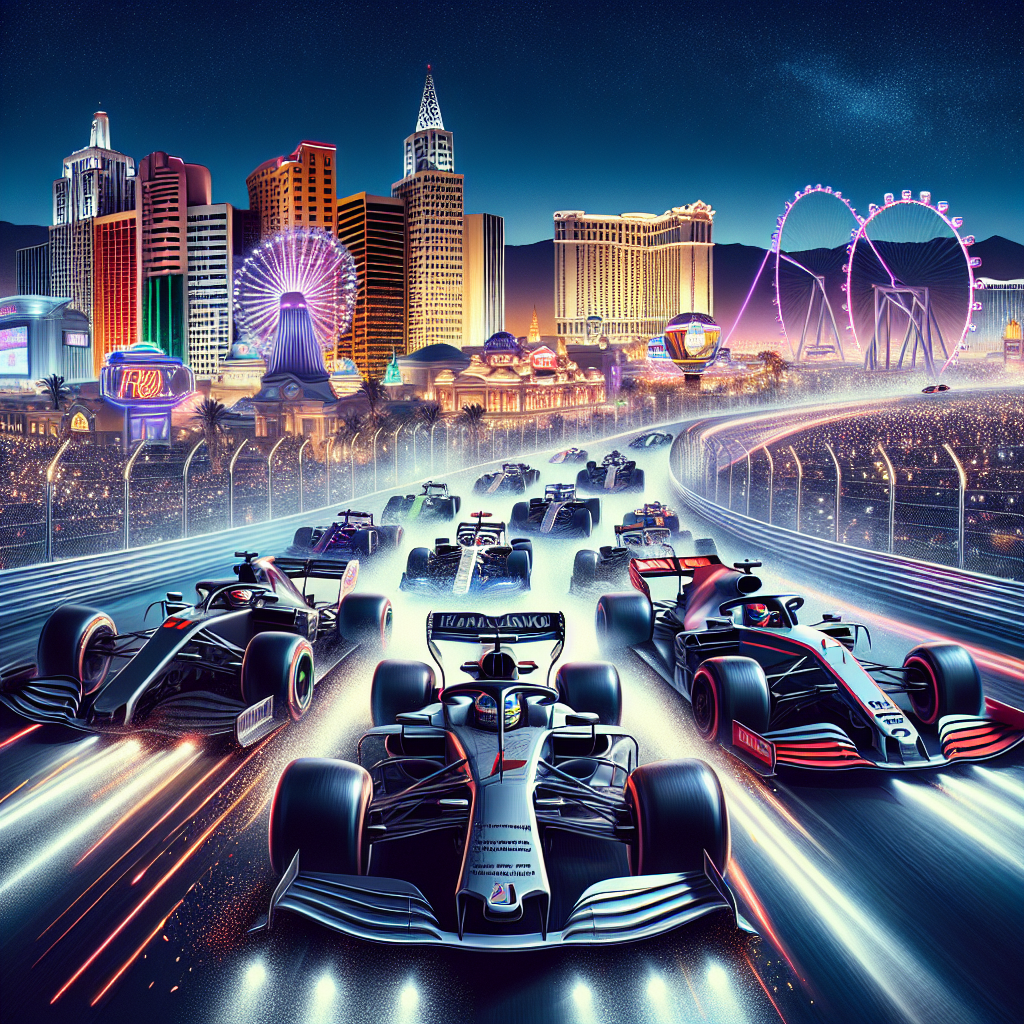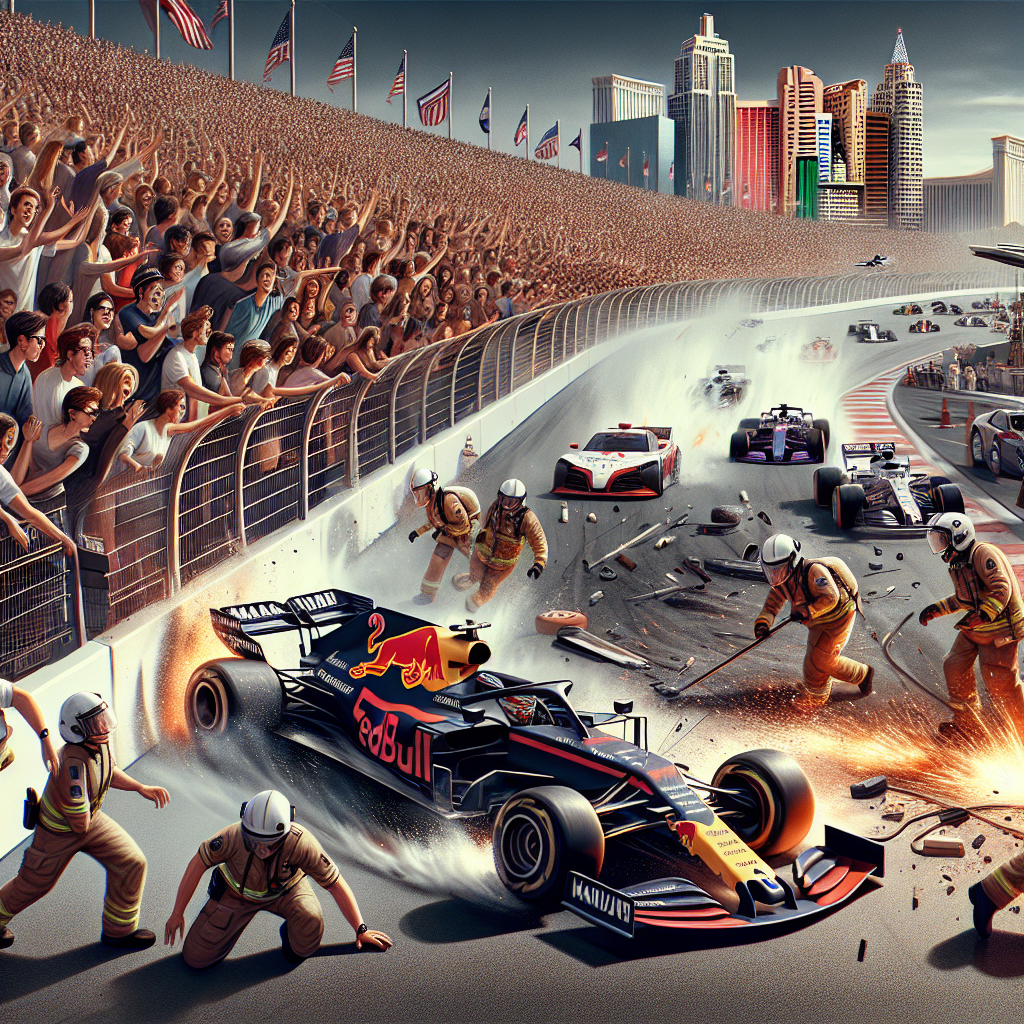Analyzing the Causes and Consequences of Car Accidents in Formula 1 Races

Formula 1 races are known for their high-speed thrills and adrenaline-pumping action. These events attract millions of fans from around the world, eager to witness the skill and precision of the drivers as they navigate through challenging tracks. However, with the excitement also comes the risk of car accidents, which can have severe consequences for both the drivers and the spectators.
One of the primary causes of car accidents in Formula 1 races is the sheer speed at which the cars travel. These vehicles can reach speeds of up to 230 miles per hour, making split-second decisions and precise maneuvering essential. Even the slightest miscalculation or error in judgment can result in a catastrophic accident. The drivers must possess exceptional reflexes and concentration to avoid collisions and maintain control of their cars.
Another factor that contributes to car accidents in Formula 1 races is the close proximity of the cars on the track. With multiple vehicles racing side by side, there is a constant risk of contact and collisions. The drivers must navigate through tight corners and narrow straights, often with limited visibility, which further increases the likelihood of accidents. Additionally, the intense competition and desire to overtake other drivers can lead to aggressive driving tactics, increasing the chances of collisions.
The consequences of car accidents in Formula 1 races can be severe. The drivers are exposed to significant physical risks, as they are not protected by the same safety features found in regular road cars. While modern Formula 1 cars are equipped with advanced safety measures, such as reinforced cockpits and energy-absorbing materials, accidents can still result in serious injuries or even fatalities. The high speeds involved in these races amplify the impact of crashes, making it crucial for drivers to wear protective gear, such as helmets and fire-resistant suits.
Car accidents in Formula 1 races also have consequences beyond the drivers themselves. Spectators and track personnel are also at risk of injury or death in the event of a crash. Safety barriers and fencing are put in place to protect the audience, but accidents can still occur, especially in cases where cars become airborne or debris is scattered across the track. Organizers and race officials must prioritize safety measures to minimize the potential harm to everyone involved.
In recent years, Formula 1 has made significant advancements in improving safety standards and reducing the number of car accidents. The introduction of the Halo device, a protective structure around the driver’s head, has been instrumental in preventing serious head injuries. Additionally, track designs have been modified to enhance driver visibility and reduce the likelihood of collisions. These measures, combined with ongoing research and development, aim to create a safer environment for both drivers and spectators.
In conclusion, car accidents in Formula 1 races are a result of various factors, including the high speeds at which the cars travel and the close proximity of vehicles on the track. These accidents can have severe consequences for the drivers, spectators, and track personnel. However, through continuous improvements in safety measures and increased awareness, Formula 1 is striving to minimize the risks associated with these high-octane events. As fans continue to enjoy the excitement of Formula 1 races, it is essential to remember the importance of safety and the ongoing efforts to make these events as safe as possible.
Should you have any questions or need an attorney, do not hesitate to contact Nguyen & Associates at 702-999-8888. We have a team of legal professionals ready to assist you.



